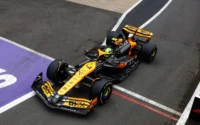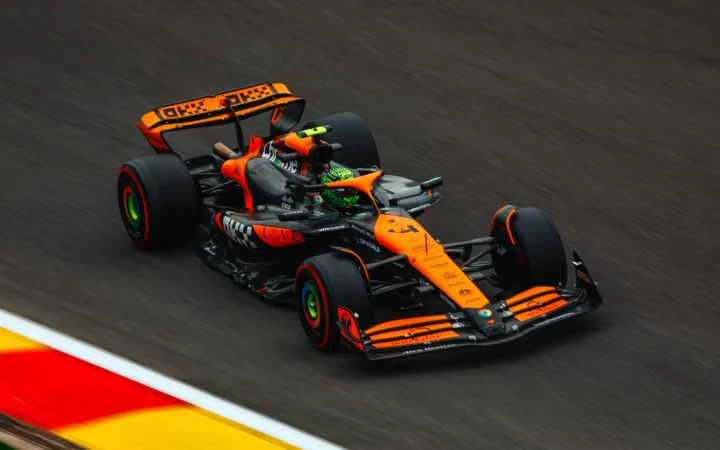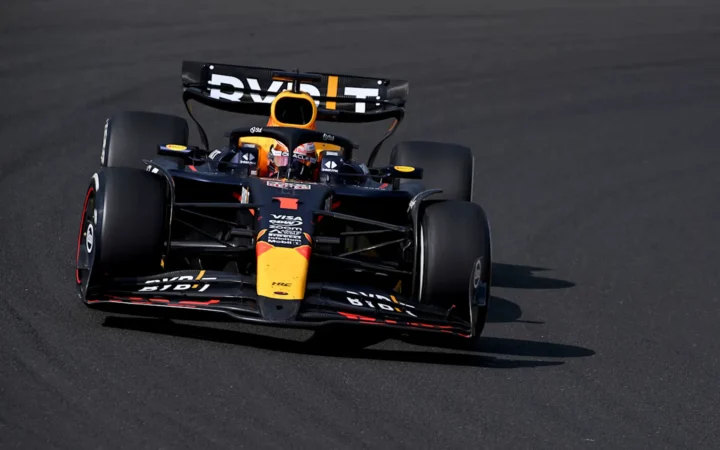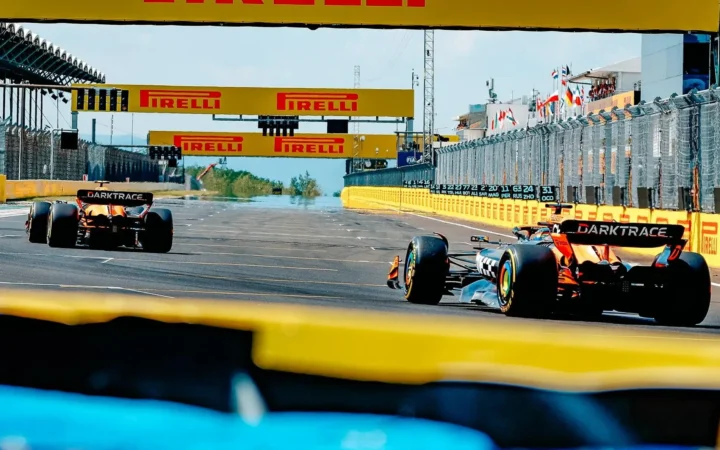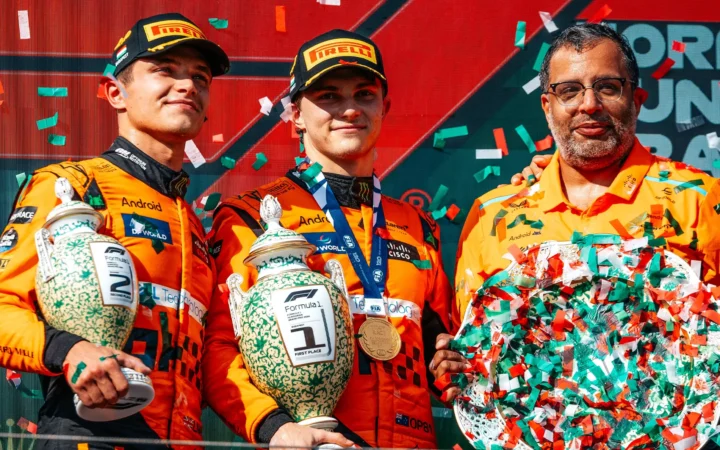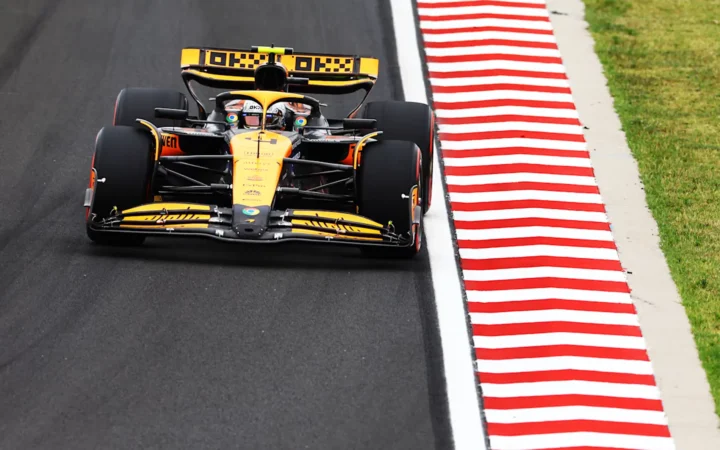The 2022 technical rules overhaul significantly shifted the aerodynamic focus in Formula 1. Emphasis moved to the car’s floor, which now generates 60% of the total downforce, instead of the top surfaces like the front wing and side pods. This significant change has led to issues like porpoising and bouncing, adding to the teams’ challenges.
As a result, the competitive hierarchy, led by Red Bull, has seen remarkable shifts throughout the 2023 season. F1 teams like Aston Martin, McLaren, Ferrari, and Mercedes have occasionally emerged as the second-fastest team, indicating inconsistent car performance across various circuits.
Two-time F1 World Champion Fernando Alonso believes that these fluctuations indicate the increased complexity in setting up the new generation of cars. He highlighted cars like the Mercedes W14, known for its narrow performance window, as an example of these setup challenges. Alonso’s insights provide a deeper understanding of the evolving dynamics in Formula 1 racing.
“[The cars are] definitely more difficult to set up, more difficult to understand. Even more difficult to give the feedback to the team.
“Sometimes we drive these cars and we feel everything is going OK. You stop and you see the standings and maybe you are P14. And sometimes the opposite.
“You drive a very difficult car: the balance is completely out of the way and then you stop and you are top three. There is a very sensitive way of setting up the cars.”
Alonso proposed that the unpredictable performance of the cars might be due to the aerodynamic design coupled with the necessity to use a low and rigid suspension setup to fully capitalise on the ground effect.
Alonso emphasized that striking the right balance between these two aspects underscores the “complexity” of the current cars and their potential to cause ‘confusion’.
“I don’t think that is only the aerodynamics. I think that is also the suspension being so stiff and so low.
“You miss a little bit what the car is giving you in terms of feedback – what is the real balance of the car, what is the tyre interaction against the aerodynamic interaction, against the suspension and the mechanical grip?
“All these three parameters are a little bit confused sometimes in your hands and in your body. I think it’s a very complex generation of cars.”
Source: Autosport
Seen in:




